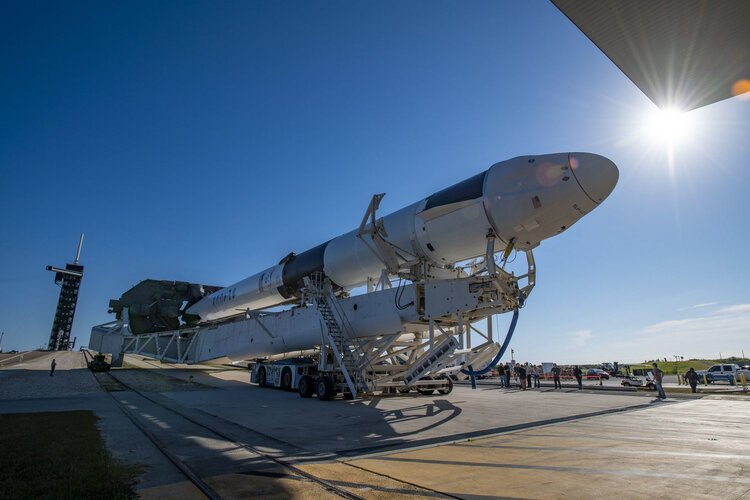Safe air

Astronauts living on the International Space Station never get a breath of fresh outdoor air.
In their closed atmosphere, irritating, poisonous and carcinogenic gas compounds emanate from materials, equipment and the crew itself. However, there is no window to open to freshen the room, so the astronauts must rely on the air revitalisation system.
Air quality is monitored continuously to assure the crew’s health and well-being. A rapid response by the astronauts to any accidental release of harmful gaseous contaminants, or malfunction of the air system is essential, and air monitoring is even more important as missions last longer and samples cannot be taken to Earth for analysis.
ANITA-2 (Analysing Interferometer for Ambient Air) is an instrument that will constantly monitor air quality. Considerably smaller than its predecessor that flew in Space Shuttle Endeavour to the International Space Station in 2007, and with improved software, the spectroscopy-based facility will run automatically in the background while astronauts get on with their work. The system is useful for all confined spaces such as in submarines.



